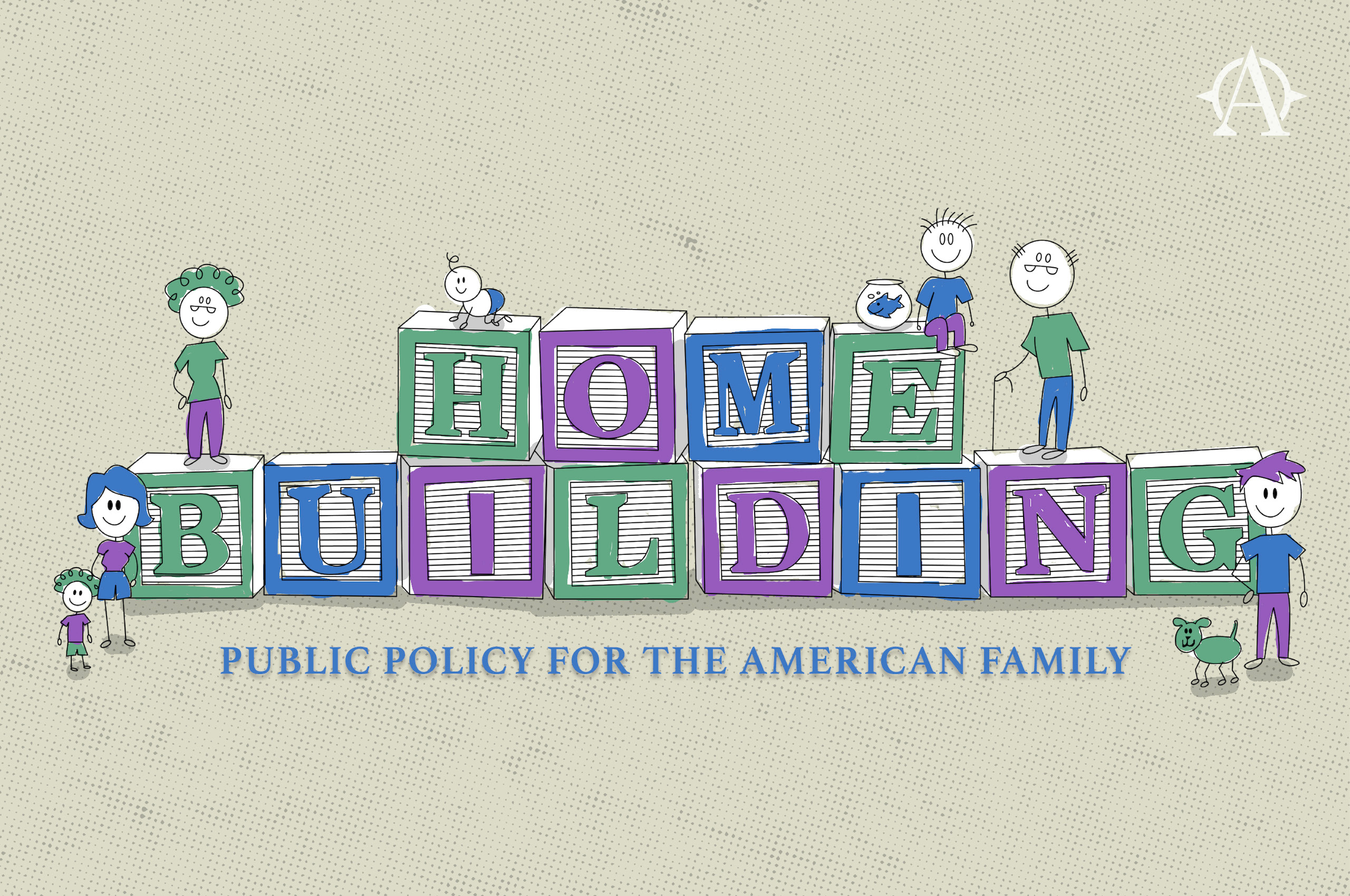

RECOMMENDED READING
Regularly lost in the debate over family policy are those children separated from their families or without a permanent home—namely, the hundreds of thousands of American children in the nation’s child welfare system.
Last year, the federal government reimbursed states $5.2 billion for children staying in foster care. Critics of the system frequently point out that “you get what you pay for”—that is, paying states for nights that kids spend in foster care will only lead to more kids spending more nights in foster care. Instead, they argue, we should focus on preventive services to keep families together or to ensure that they can be reunified as quickly as possible.
But taking money away from foster care in order to spend it on programs—only a few of which are proven to work—would lead to a decline in the number and quality of foster homes and risk placing children into worse settings. In California, for instance, taking money away from group homes has led to more children being placed unnecessarily in juvenile detention or psychiatric facilities. Putting the squeeze on foster care dollars will only create worse outcomes for children.
Over the last three decades, the population of children in the U.S. has grown by almost 10 million, and the amount of federal dollars spent on foster care maintenance payments has more than tripled. Yet the number of kids in foster care has actually remained fairly steady—between 400,000 and 570,000 at any point in time over the past 30 years. The number of kids in foster care and the number of nights they spend there are therefore not necessarily a factor of money spent. Rather, there seems to be an artificial ceiling on foster care: there are only so many available homes. Once states reach that threshold, caseworkers must either place kids in group homes or hotels or office floors until something else comes available. Or caseworkers simply put a limit on children being removed from their families, even if they are at risk.
What these children and their caseworkers need are more options. Not every foster home is right for every child. Some families can take babies. Some can take children with medical needs. Some have room in their homes and their hearts for sibling groups. But because there is almost always a shortage of homes, caseworkers must constantly push square pegs into round holes. Children thus often get moved into several different placements, a traumatic experience that can not only affect children’s wellbeing but make it harder for them to reunite with family or be adopted out of foster care.
To improve foster care, we should start paying states to create more options for more kids. Instead of removing seats in a high-stakes game of musical chairs, we would be adding them.
Though it may seem wasteful to outside observers, we should be paying states to have a certain number of empty foster beds, in homes that will take every kind of child and even multiple children when necessary. As a national faith-based campaign has put it, there should be “more than enough foster and kinship families for every child to have an ideal placement.”
We should also invest in the resources to monitor and improve the foster care system as a whole. Recruiting, training, and retaining stable foster parents has proven to be a fundamental challenge of the system. Currently about half of foster parents quit within the first year. The challenges are compounded by a lack of basic information. The federal government currently doesn’t keep track of how many foster homes are licensed in each state, and many states are in the dark themselves.
We should be collecting these data and tracking which local private and public agencies do a better job of recruiting and training quality foster parents and how they do so. Publicizing this information and sharing best practices with other agencies might improve recruitment messaging and support for stable foster parents who are more likely to be engaged for the long term.
If we want to support all American families raising children, we must spend our federal child welfare dollars wisely by rewarding states that recruit, train, and support stable, middle-class families, who are willing to provide a long-term home for children without.
[Note: This post is from the policy forum 7 Proposals to Make America More Family-Friendly.]
Recommended Reading
7 Proposals to Make America More Family-Friendly
Writers and analysts from across the right-of-center apply a family-focused lens to contemporary policy challenges.
How To Build Family Policy For The Working-Class Majority
Michael Lind’s Home Building essay on family policy for the working class majority is adapted by the Daily Caller.
Family Policy for the Working-Class Majority
A pro-worker agenda must treat families, not individuals, as the basic units of public policy.











